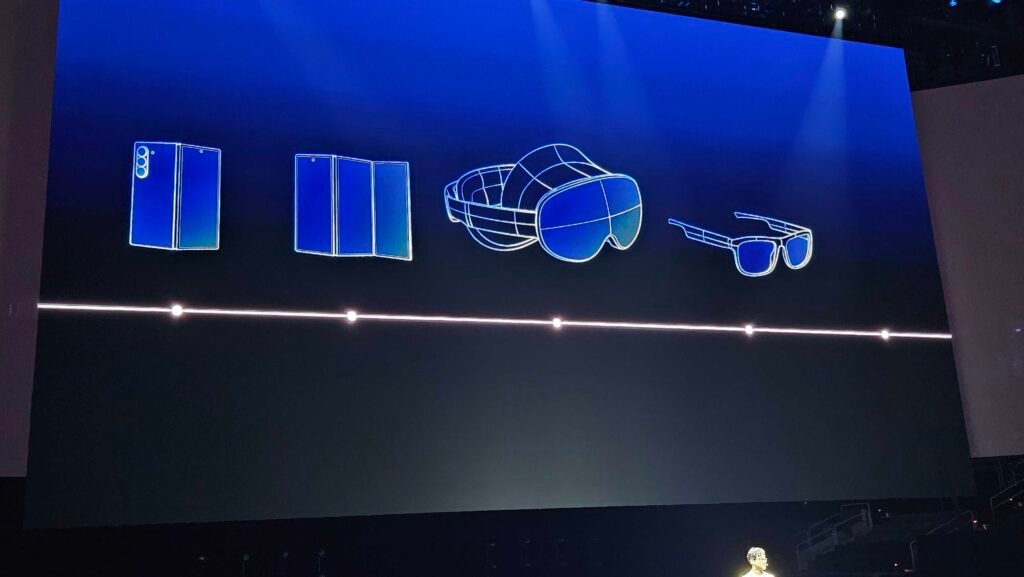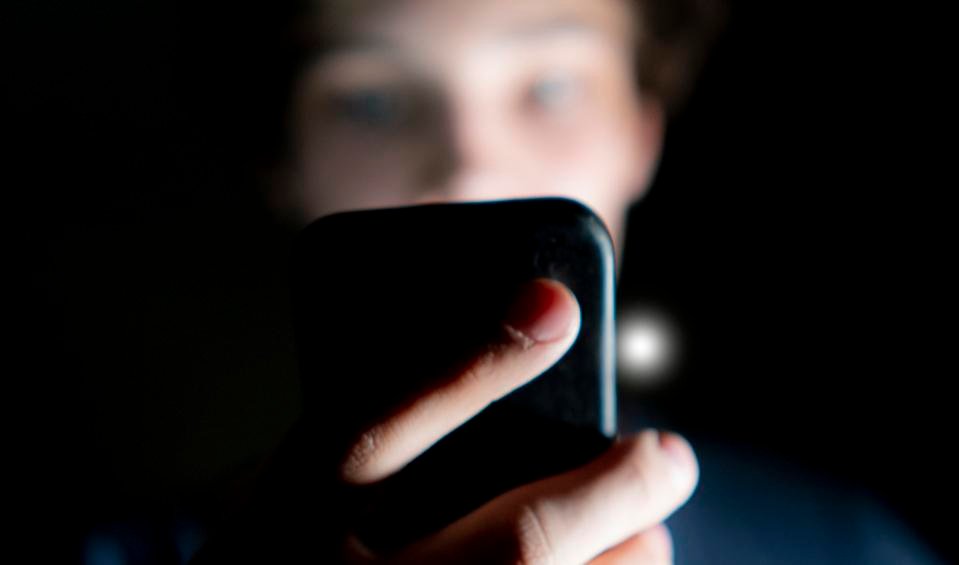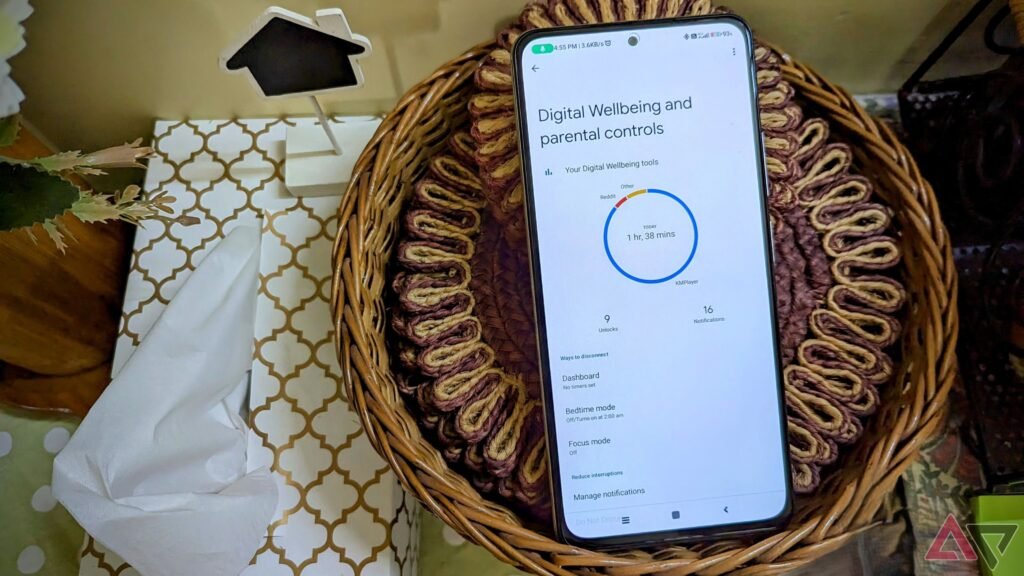Kevin Parsons has a unique view of photography from the past to the present day.
His mother, an avid photographer in Western Australia’s Midwest in the 1950s and 60s, left him a cherished collection of photo slides and 8-millimetre film reels.
“Anything in town, she would be there,” he said.
“Mum took some really good photos at times, especially out in the bush, good scenery.“
Much of the material was shot at Geraldton, 400 kilometre north of Perth, and the surrounding regions.
It provides echoes of the past compared to the bustling regional city of today.
Kevin Parsons holds his mum’s camera that she used prolifically during the 50s and 60s. (ABC Midwest and Wheatbelt: Chris Lewis)
With no internet or social media, family slide-show nights were the only way to display your work to others.
“We used to have film nights in those days and get family and friends to come over and watch,” Mr Parsons said.
Now in his 90s, Mr Parsons said these days he used a mobile phone for its simplicity.
“It’s a lot easier to get it on there and you look at it immediately,” he said.
“If it’s not a good photo you take another one.”
In a world where digital images disappear with a swipe, holding a photograph can feel rare and special. (ABC Midwest and Wheatbelt: Chris Lewis)
Why do we take photos?
While technology has evolved, has the reason we take photographs changed too?
Emily Brink, an associate professor in the history of art at the University of Western Australia, said early photography was more commemorative.
“Photography’s other promise, other than being a capture of truth, was that it was an arrest of time,”
she said.
Dr Brink said modern, virtual photography was far more controlled and focused on creating an image rather than capturing a moment in time.
Emily Brink says our personalities are split between our social media and actual identities. (Supplied: Emily Brink)
“The way that we are experiencing our lives now is so increasingly mediated by the photograph,” she said.
“You go out to have a meal and do you sit and enjoy that meal or are you photographing that meal for Instagram?
“How does that change your experience not just of social interaction in real space and time, but how does it essentially change your experience of that time?
“Your personality gets split between the social media personality you’re constructing and the person you are actually, you know, who you are in the world.”
What is a photographer these days?
“Authorship is really at the heart of all these questions, over and above the image itself,” Dr Brink said.
“I want to believe that a photographer is still somebody who is choosing to take an image, not choosing to purely make an image.”
Dr Brink said one reason people might be drawn to “old” photos is because they were not perfect, whereas today’s images posted online were polished and glossy.
Some argue we lose a sense of community when we experience content on our own. (ABC Midwest and Wheatbelt: Chris Lewis)
“We are no longer dealing with the kind of codes of construction that we ascribe to photography historically. It’s more akin to design.”
She said something was lost when photography was shared virtually rather than face to face.
“I think we lose some of the serendipity of laughing at the terrible photograph of the finger over somebody’s head, in the same time and space.
“We can achieve amazing things, but I think when we acknowledge our shared imperfection that’s really where community might be generated.”
Mr Parsons can recall having photo slide-show nights when family and friends would come over. (ABC Midwest and Wheatbelt: Chris Lewis)
Sharing experiences
Almost a decade ago, French graphic and music designer Valentin Mermet-Bouvier made the music clip Cliche showcasing hundreds of images of people taking almost the exact same image.
Mermet-Bouvier, who performs as Hierophante, said he thought the music video was still relevant today.
“I don’t think it’s necessarily a bad thing that we all tend to share the same kind of image in the same context,” he said.
“It just proves that we have the same need of sharing the same thing when we’re in the same situation.“
The clip was made as picture-based site Instagram was becoming increasingly popular.
Photography film has today become a niche medium with the advancement of digital imaging. (ABC Midwest and Wheatbelt: Chris Lewis)
“Lots of people were thinking the new generation were really egoistical and self-obsessed but I don’t think it’s true,” he said.
“I think people have always been like that; the only thing that’s changed is the possibility of sharing pictures.”








